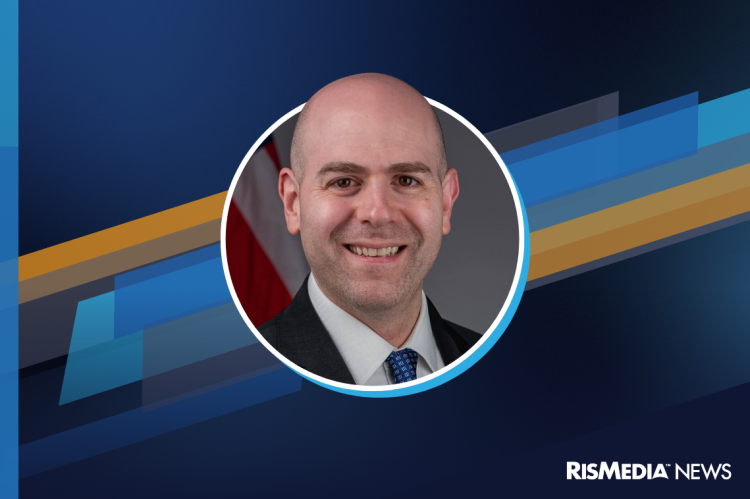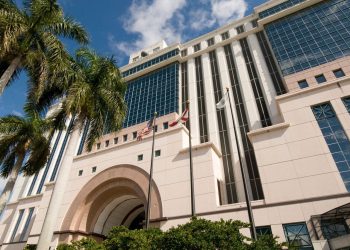Above, Stephen Miran
Ahead of the Federal Reserve’s next vote on whether to adjust interest rates or not at the September 16 – 17 Federal Open Market Committee (FOMC) meeting, the seven member Fed board of governors is facing line-up shifts.
Former Fed Governor Adriana Kugler resigned from her post in August, with no explanation given thus far, a few months before her term was set to expire in January 2026. President Trump has nominated Dr. Stephen Miran, chair of the White House Council of Economic Advisors, to fill the remainder of this term.
On Thursday, September 4, the Senate Committee on Banking, Housing and Urban Affairs held a confirmation hearing for Miran. The committee has now voted to advance Miran’s nomination to a full confirmation by the Senate, on a party line vote of 13 – 11; all Republican Senators on the committee voted yes, all Democrats voted no. The Republican majority in the Senate means that Miran likely faces good odds of confirmation.
During the hearing, the main line of questioning was Miran’s independence from the White House. Trump has pushed the Fed, particularly Chairman Jerome Powell, to cut interest rates. While Miran maintained his independence and the importance of the Fed’s independence, many Democratic senators questioned if he would vote in line with Trump’s monetary policy preferences. In particular, Miran has said he would not resign from the Council of Economic Advisors, but merely take an unpaid leave of absence unless he were subsequently confirmed to a longer term on the Fed after January 2026.
Despite accusations that Miran’s confirmation is being “rushed through” before the September FOMC, Reuters reported that the Senate is unlikely to vote on Miran’s confirmation before the meeting. The earliest the vote could take place would be Monday, September 15, a Republican senate aide reportedly told Reuters.
Federal judge rules Cook can remain on the Fed for now
While Miran is unlikely to be a Fed governor by the time of the next FOMC, Lisa Cook—another Fed governor who Trump has attempted to fire—is for the moment retaining her seat. Trump announced his firing of Cook in August, following allegations she had committed mortgage fraud by inaccurately labeling two separate properties as a primary residence, and labeling a third property, which she was drawing rental income from, as a second home.
A federal judge on the U.S. District Court for the District of Columbia has now ruled that Cook can remain in her position on the Fed for the time being. Further judicial rulings from higher courts on the President’s decision will likely follow.
While the President has the right to fire a Fed board governor for “just cause,” Cook has maintained that Trump’s decision does not fall under that purview; Cook’s legal counsel has described the attempted firing as “illegal.” In her ruling, Judge Jia M. Cobb agreed that Trump’s firing does not meet this threshold, in part because the alleged fraud took place before Cook took office on the Fed.
“The best reading of the ‘for cause’ provision is that the bases for removal of a member of the Board of Governors are limited to grounds concerning a governor’s behavior in office and whether they have been faithfully and effectively executing their statutory duties. ‘For cause’ thus does not contemplate removing an individual purely for conduct that occurred before they began in office,” Cobb’s ruling read.
Like Miran’s appointment, critics have framed Trump’s attempted removal of Cook as a political move designed to grant him greater control of the Fed board’s voting. If Cook were to be removed, a majority of the Fed board governors would be Trump appointees.
At the next FOMC, the Fed has been projected to cut interest rates; Powell himself signaled in August that he and the Fed board are leaning in this direction. The poor August jobs report likewise creates pressure for a rate cut. Two members of the Fed board, Michelle Bowman and Christopher Waller, voted against the majority to cut interest rates at the July FOMC.











